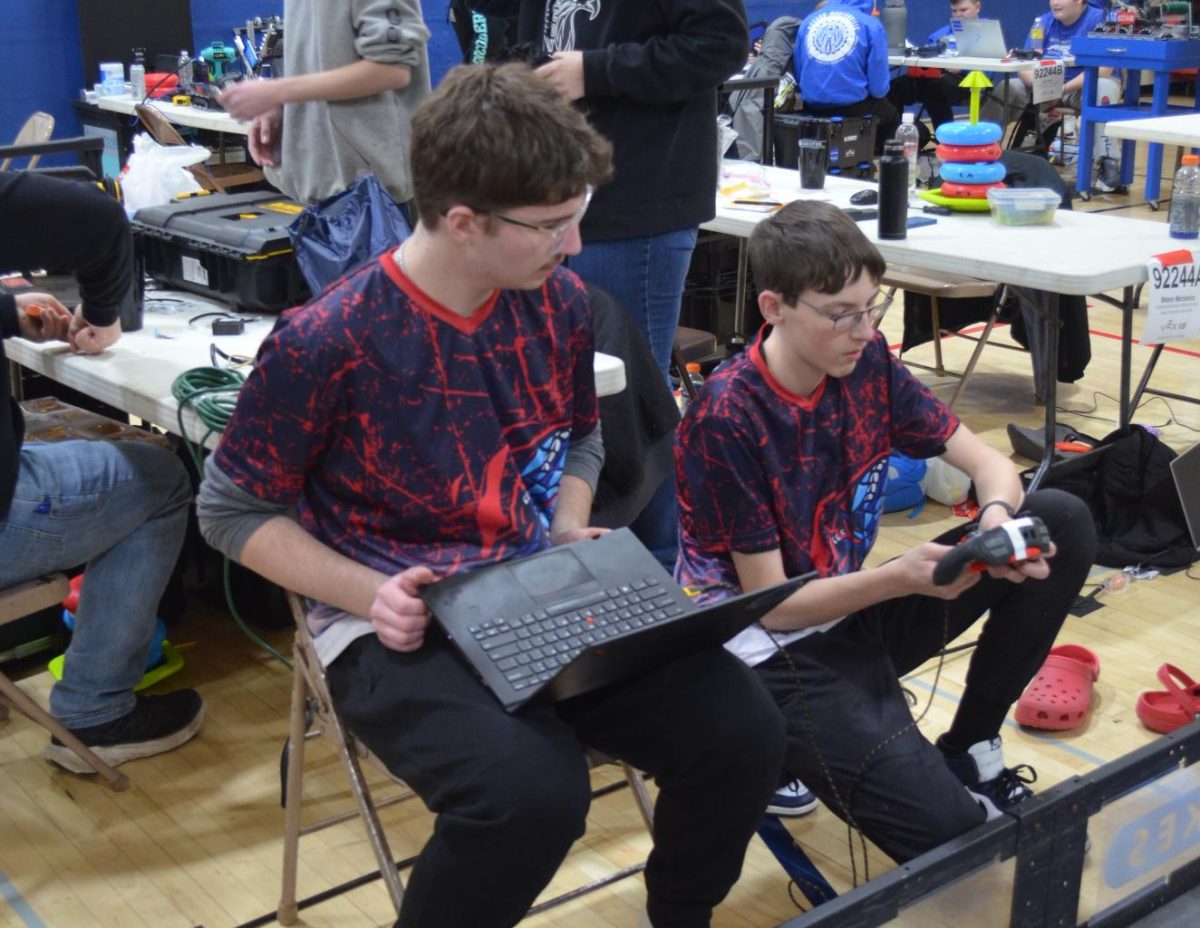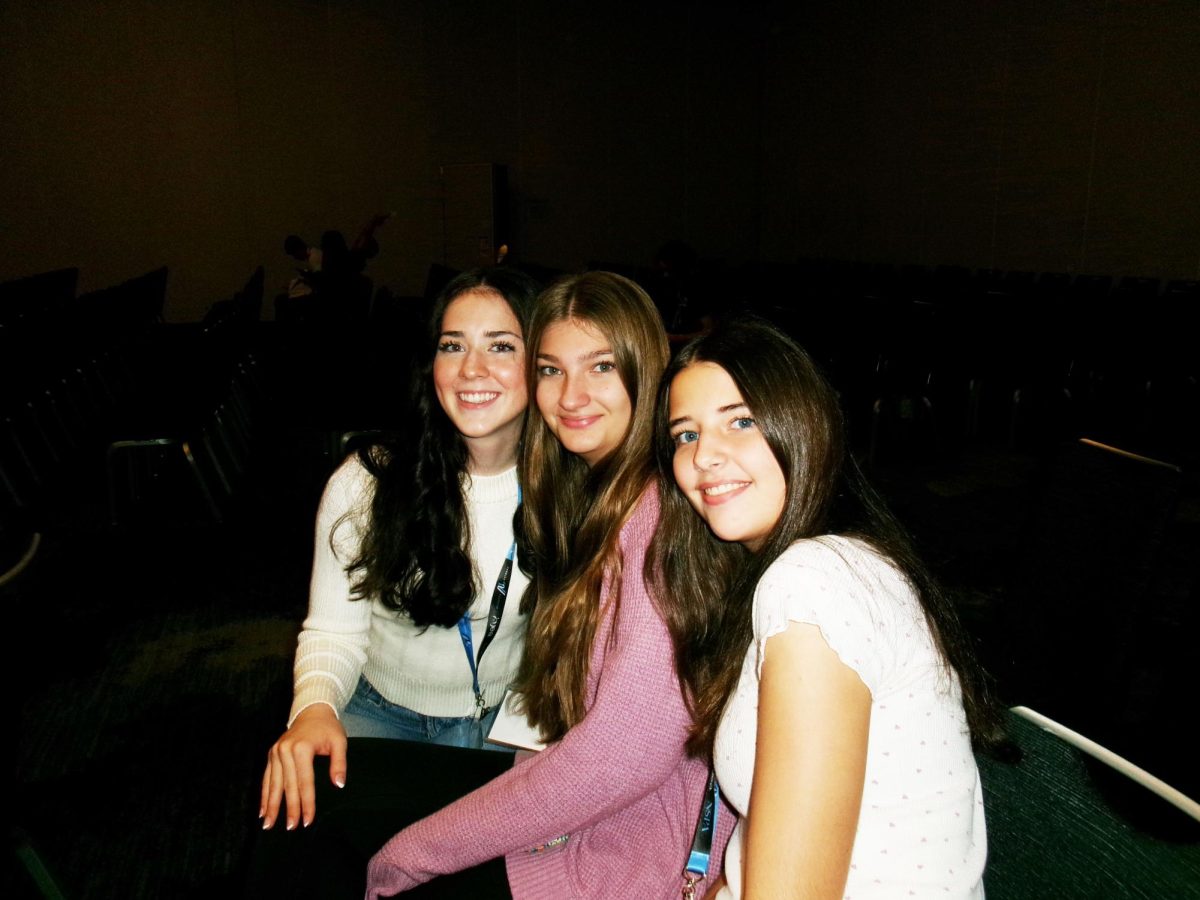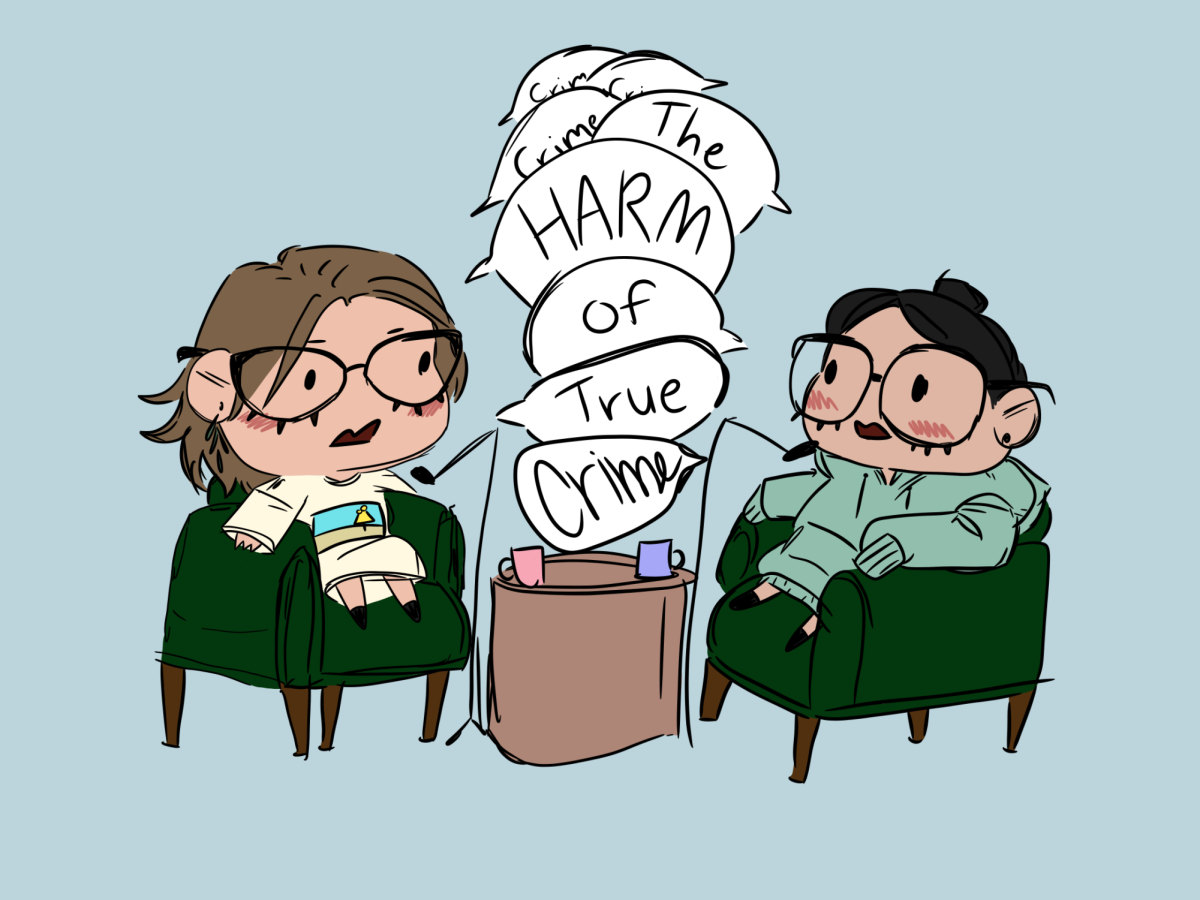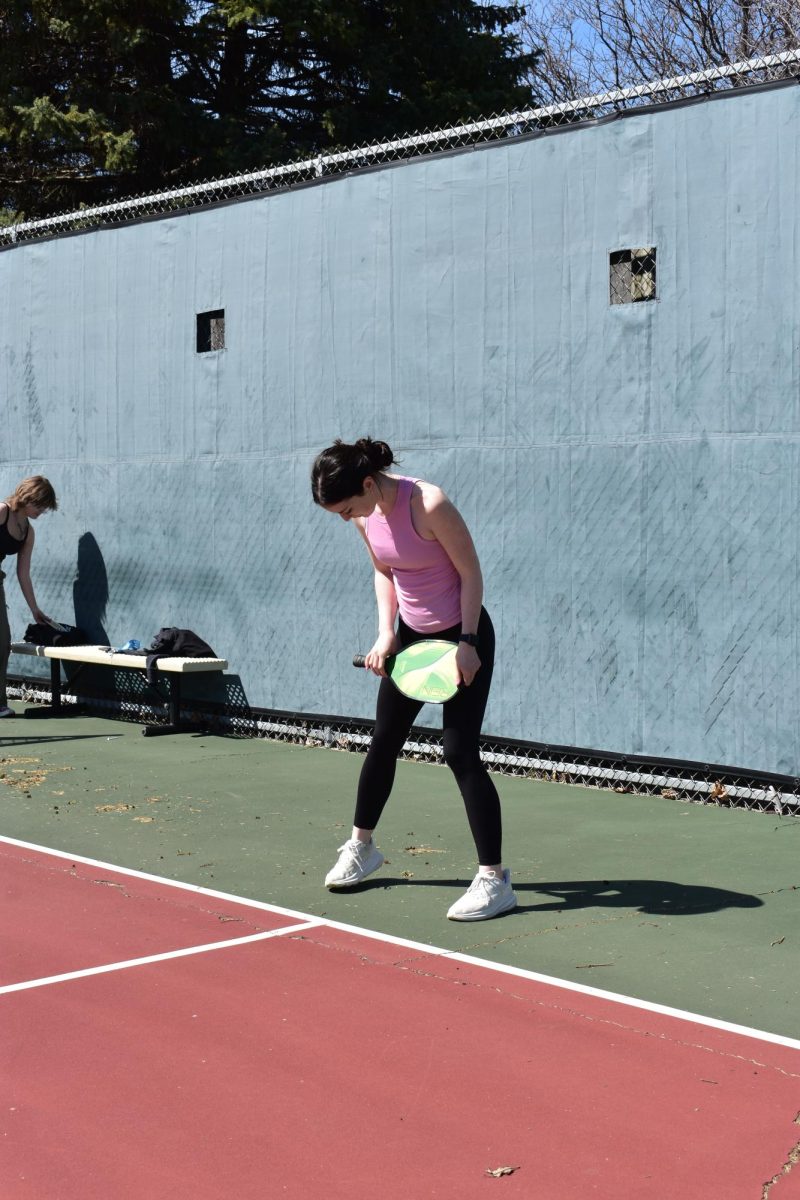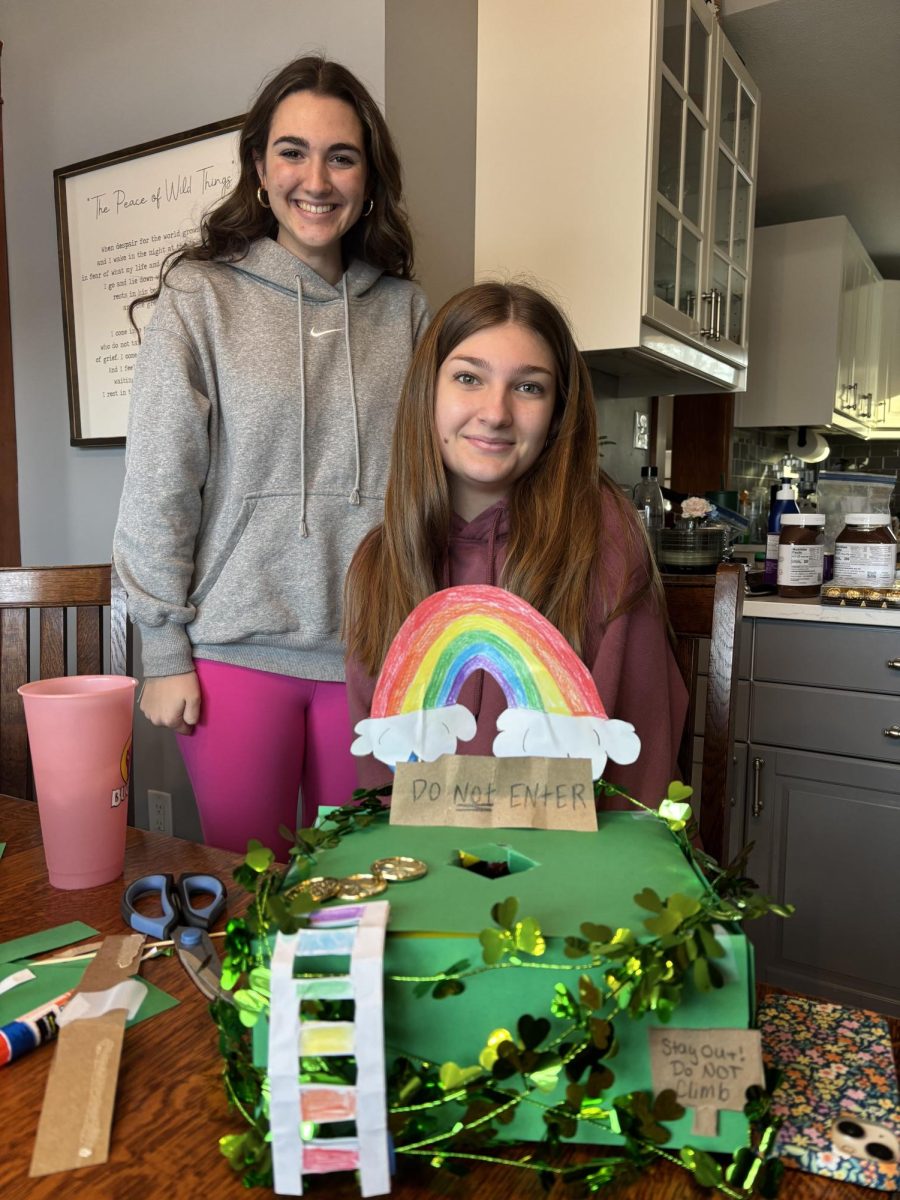Secrets of the Lunchroom
What if you were told that everything you believed was a lie? Don’t worry, it’s not. At least everything except what you believed about your lunchroom.
Many students go through the lunch line everyday, grab their food and don’t even bat an eye at the ladies dishing it to them. They truly have no idea what enormous amount of effort and care is put into serving the students of Albert Lea High School.
“It’s really disheartening,” said Cathy Davis, food service worker or “lunch lady”. “We try so hard and we do the best with what we have.”
Davis has been working in food service for 20 years and has served ALHS since 2001.
“I do enjoy seeing the students faces every day, but it’s just so fast paced sometimes I don’t even get a chance to look up,” Davis said.
Davis claims that she understands students don’t always like changes in the lunchroom and they don’t always like it either.
“I try to be open-minded about it and follow it as close as I can,” Davis said. It’s really hectic at the beginning of the year.”
District 241 is under contract with a company called Chartwells. They make the procedural changes you may have noticed in the lunchroom. For example, the disposable trays they started out with were biodegradable. It was an effort to reduce waste, and promote recycling.
They also decide what can be fed to students and what can’t according to federal government and state regulations.
“We really care about you,” Davis said. “We’re working to make sure your diet is the best for energy and brainpower.”
Another change has been the request that students put their trays with all included garbage on the conveyor. On the other side; food service workers are sorting through it. What students don’t know is that their leftovers are going to a much better cause than a landfill.
“The food waste can actually go to a farm, instead of going to the garbage,” said Mark Grossklaus, Principal of ALHS.
On the other side of the conveyor, there are two bins. One for trash, and one for items that can be broken down back into the environment.
The salad containers and parfait containers are actually biodegradable. When you purchase one of these healthier items, you’re not only helping yourself, but the environment. Bags of chips or other snack items, however, are not.
“If you graduated in 2001, there would have been a ton of vending machines,” Grossklaus said, “Due to U.S. government regulations, we can’t do that any more.”
Grossklaus stressed that bringing more variety into the cafeteria is very restricted. For example, the calzones were very popular. But they can only bring it back so often because of restrictions on food.
Grossklaus also noted that they are always interested in student opinions. He is also interested in what students like and what they don’t, and asks that students take only what they’ll eat.
“We’re not hiding secrets from people,” Grossklaus said. “Just be the upstanding people that I know you are.” Grossklaus said.
Changes that senior Ali Hagen noticed were the disposable trays and reusable ones, real silverware, and only one trash can. Hagen wishes that perhaps more trash bins would be available.
“The plastic silverware was too flimsy, you couldn’t pick up any food with it,” Hagen said, referring to the positive change of new silverware.
In the 2015-2016 school year alone, $50,000 was spent on plastic silverware, and those were non-biodegradable.
“We want to recycle everything we possibly can, that’s why we don’t have the plastic silverware anymore,” said Jayne Sigurdson, food service manager.
Sigurdson claimed she found a biodegradable spork, but it was $58 a case. Sigurdson stressed the importance of helping the environment, but also meeting the needs of the students.
“I did not feel the biodegradable trays were big enough for students,” Sigurdson said. “The red trays were better fit for young adults for more food.”
Sigurdson wished to promote the Outtakes, where students can grab a
salad or a drink and go. Keep in mind
the salad containers are biodegradable.
With less being thrown away, and reusable dishes becoming the norm, food service workers are pushed to the limit. Trays and silverware have to be washed and ready in the time it takes for each consecutive lunch.
“We’re pushed really hard, it gets really crazy back there,” Sigurdson said.
Every lunch requires them get dishes done, have food out and be ready for the next group of students.
“We’re just going to have to work faster in the dish room and try to keep up,” Sigurdson said with a determined smile.
Metal silverware is here to stay, all thanks to the hard work of the food service workers.



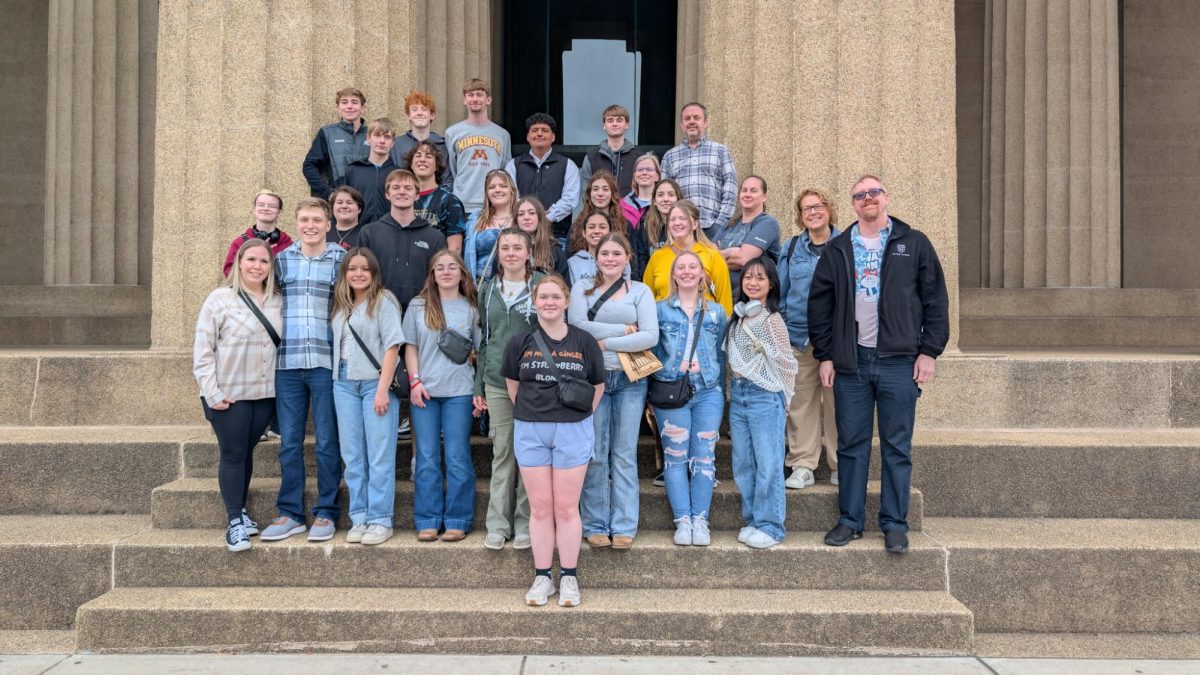

![At the pepfest on Feb. 13 the Winterfest Royalty nominees were introduced. There were two girls and two boys candidates from each grade. Royalty included Prince Axel Calderon (11), Jacob Miller (12), Princess Maya Fuller (11), Brecken Wacholz (10), Ethan Brownlee (9), Lord Given Saw (9), Lilly Elmer (9), Angela Buansombat (10), Queen Jenna Balfe (12), Hanna Austinson (11), Raegan Broskoff (8), Duchess Evalyn Holcomb (10), Jordyn Earl (8), and Lady Leighton Brenegan (9). Not pictured include: King Kaiden Baldwin-Rutherford (12), Piper Aanes (12), Blair Blake (11), Duke Kuol Duol (10), Thoo Kah (8) and Aidric Calderon (8). Student council member and Junior Prince Axel Calderon said, “It [the nomination] means that I’m kind of a student leader. I hopefully show younger kids what it means to be a part of the student council and lead the school.”](https://www.ahlahasa.com/wp-content/uploads/2025/03/front-page-1200x800.jpeg)





